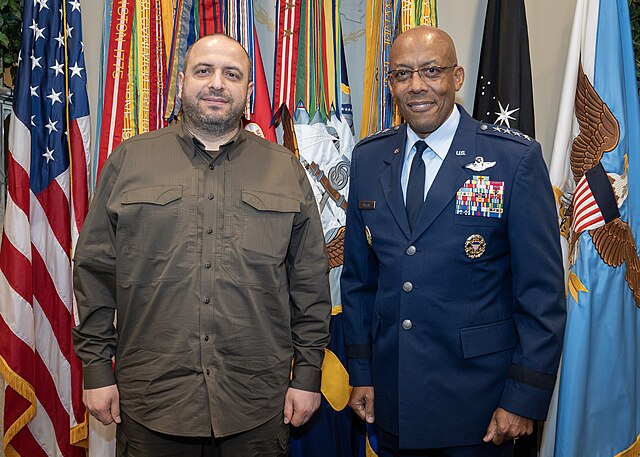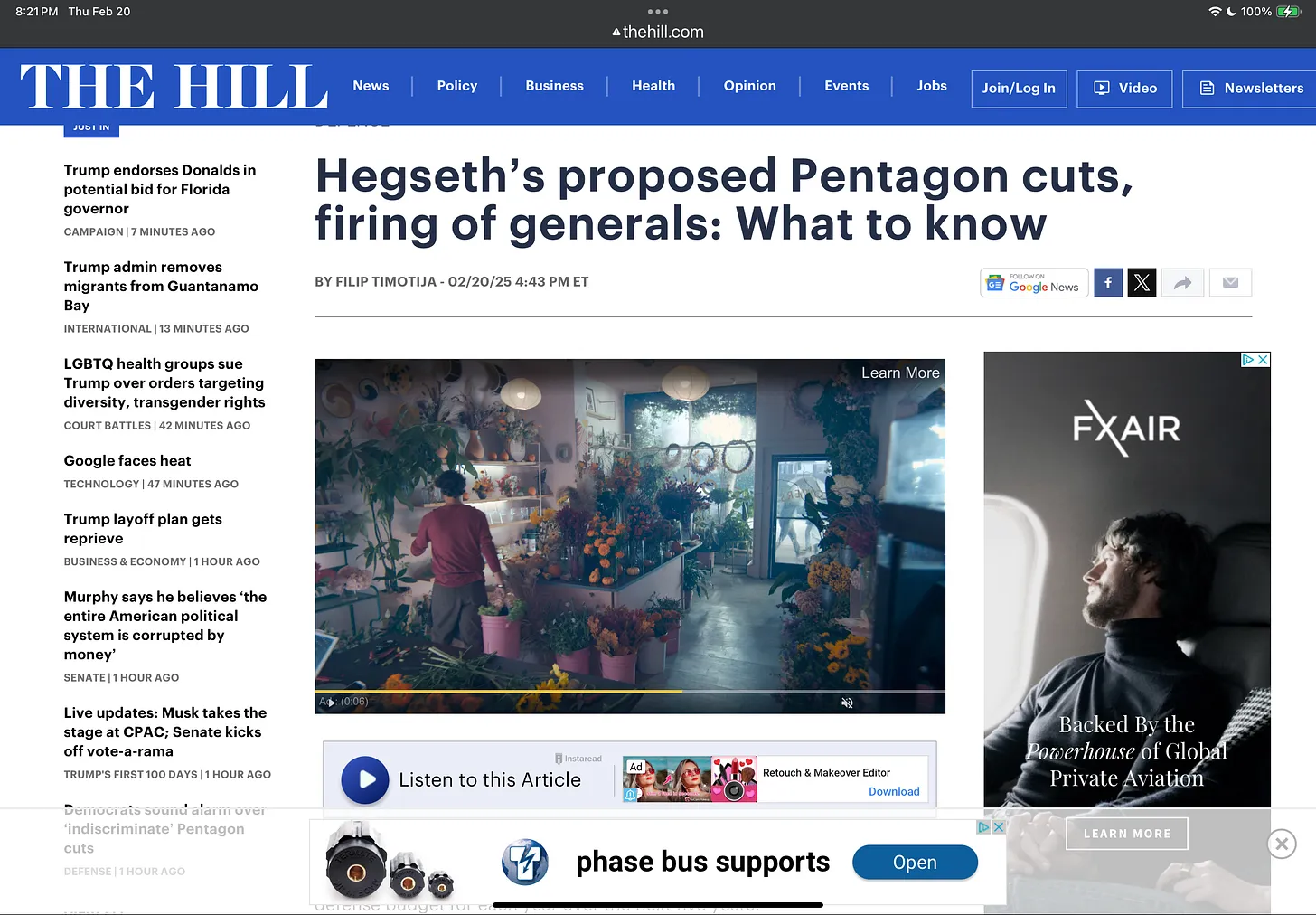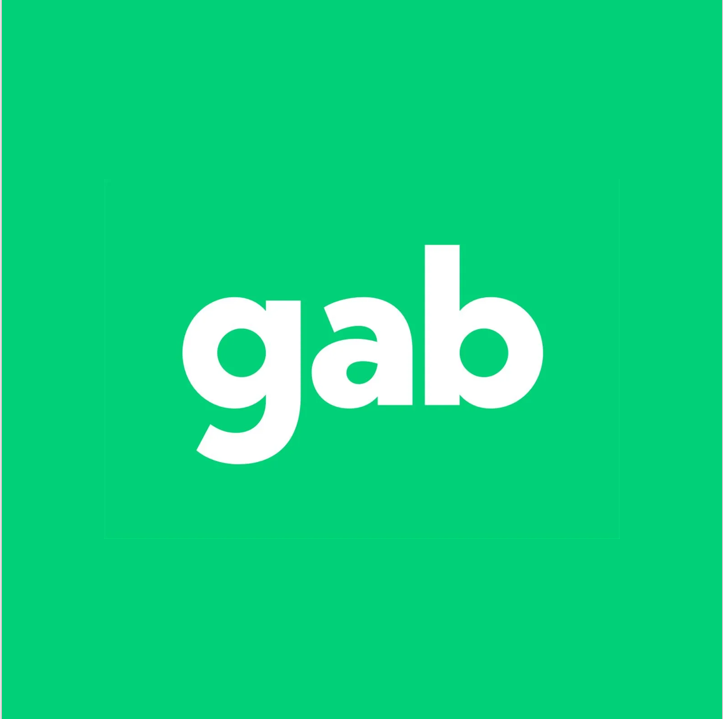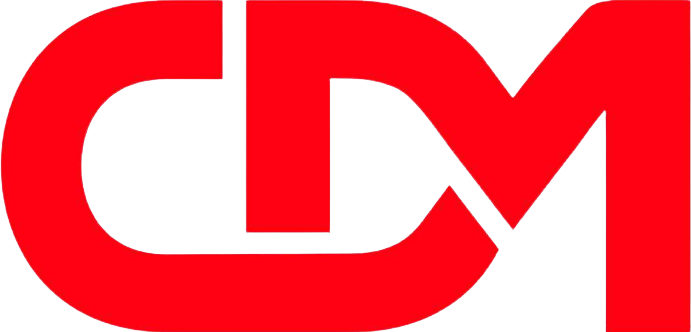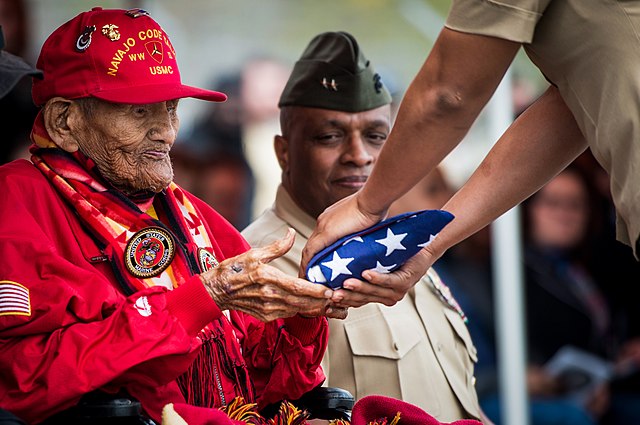
What is a code talker? A code talker is the name given to American Indians who used their tribal language to send secret communications on the battlefield. Most people have heard of the famous Navajo (or Diné) code talkers who used their traditional language to transmit secret Allied messages in the Pacific theater of combat during World War II. But did you know that there were at least 14 other Native nations, including the Cherokee and Comanche, that served as code talkers in both the Pacific and Europe during the war? The idea of using American Indians who were fluent in both their traditional tribal language and in English to send secret messages in battle was first put to the test in World War I with the Choctaw Telephone Squad and other Native communications experts and messengers. However, it wasn’t until World War II that the US military developed a specific policy to recruit and train American Indian speakers to become code talkers. The irony of being asked to use their Native languages to fight on behalf of America was not lost on code talkers, many of whom had been forced to attend government or religious-run boarding schools that tried to assimilate Native peoples and would punish students for speaking in their traditional language.
The US Army was the first branch of the military that began recruiting code talkers from places like Oklahoma in 1940. Other branches, such as the US Marines and Navy, followed a few years later, and the first class of 29 Navajo code talker US Marine recruits completed its training in 1942. Apart from basic training, these men had to develop and memorize a unique military code using their mostly unwritten language, and were placed in a guarded room until this task was completed.
The first type of code they created, Type 1 code, consisted of 26 Navajo terms that stood for individual English letters that could be used to spell out a word. For instance, the Navajo word for “ant,” wo-la-chee, was used to represent the letter “a” in English...
To read more visit The National WWII Museum.




